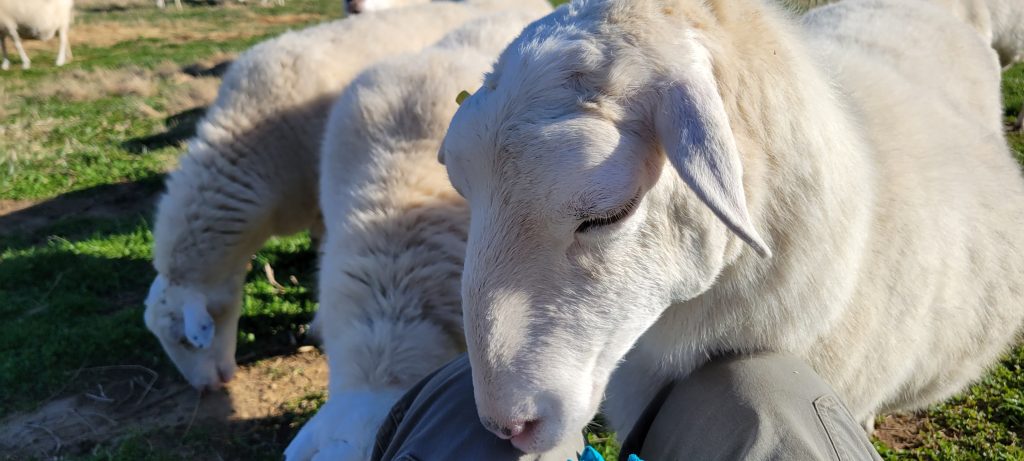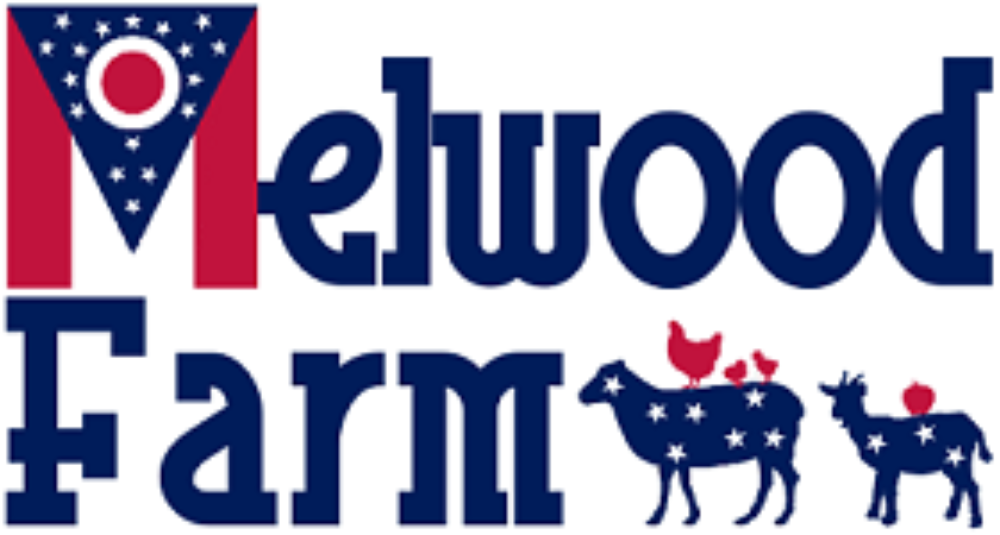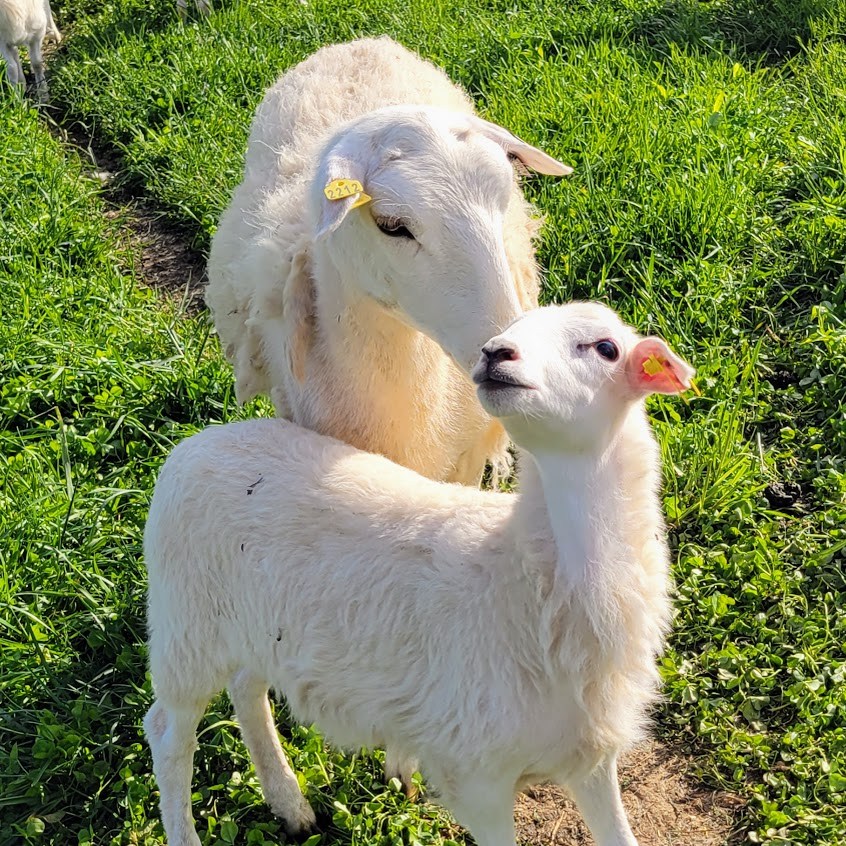These two St. Croix ewe lambs were born a year apart to the same mother. Do you think they recognize their sisterhood?
Sheep are highly social animals that have evolved to live in flocks for protection and survival. They have a remarkable ability to recognize each other, especially family members, and humans. This ability is crucial for their survival in the wild and has been extensively studied by scientists.
One study conducted by Jennifer Morton and colleagues at the University of Cambridge found that sheep can recognize the faces of up to 50 other sheep and remember them for over two years. The researchers trained eight sheep to recognize the faces of four other sheep by rewarding them with food when they correctly identified a familiar face. The sheep were then shown the faces of unfamiliar sheep and they were able to recognize the familiar faces even when they were distorted or partially obscured.
The study also found that sheep are better at recognizing the faces of other sheep that are part of their own family group. This suggests that sheep have a strong social bond with their relatives and can distinguish them from other sheep in the flock. This is an important ability for sheep because it allows them to stay together and avoid being separated from their family members, which can be dangerous in the wild.
Another study conducted by Keith Kendrick and colleagues at the Babraham Institute in Cambridge found that sheep can also recognize the faces of humans. The researchers showed sheep pictures of four different human faces and trained them to associate each face with a reward of food. The sheep were then shown pictures of the same human faces mixed with pictures of unfamiliar human faces, and they were able to correctly identify the familiar faces.
This study suggests that sheep can learn to associate human faces with rewards, which is an important ability for sheep that are kept in captivity. Sheep are often handled by humans for shearing, veterinary treatment, and other tasks, and their ability to recognize familiar humans can make these interactions less stressful for the sheep.
I have noticed that my sheep act differently when strangers enter the pasture. They become highly alert and move away from the unknown person. However, when I go to the pasture, they come to me and will generally follow me. If I sit down, many of them approach and practically beg for affection.

Now we know that sheep can visually recognize other flock members, especially family members, and humans. They can remember the faces of up to 50 other sheep and can distinguish between familiar and unfamiliar individuals. This ability is crucial for survival in the wild and can make their interactions with humans less stressful. Further research is needed to understand the neural mechanisms that underlie this ability and how it can be used to improve the welfare of sheep in captivity.
References:

